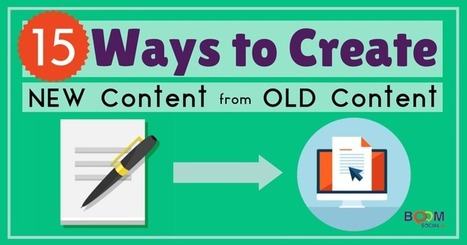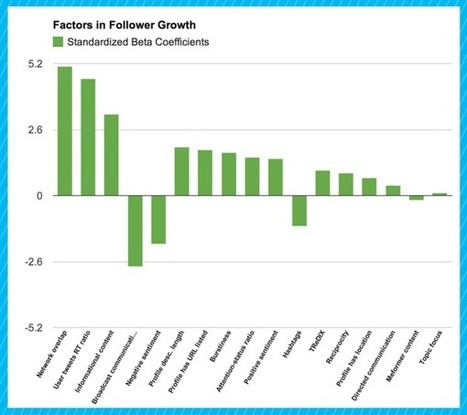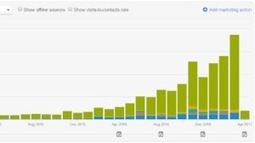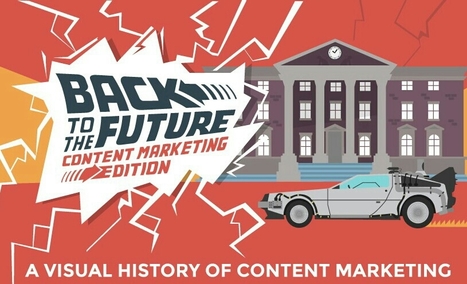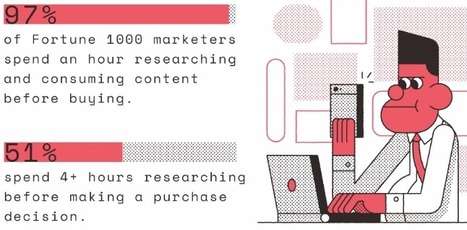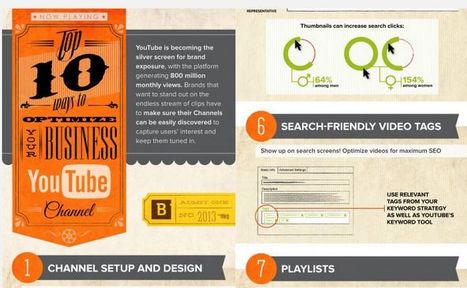 Your new post is loading...
 Your new post is loading...
When we published the new laws of visual content in March 2015, brands were just waking up to the power of visual content. Unfortunately, far too many good brands were getting it wrong. Yes, they were experimenting and learning through trial and error, but we wanted to remove the guesswork. So, we put together the …
Via Daniel Watson
Polar tested different ad formats including image-based content (graphics, image galleries, and slide shows), article-based content, and video-based content. It tested more than 30 pieces of content, with each type tested by a minimum of 1,000 people via desktop, mobile, and both. Among the findings of the study, conducted in March 2017: --Consumer awareness of a brand increased to 69% after engaging with branded content, while purchase intent was 51%. The study also used a control group with no branding. --Incorporating companion display ads next to branded content improved purchase intent by 17% and didn’t have a negative impact on brand perception --Imagery (infographics, image galleries, and slide shows) performed the best among content formats. And notably, video isn’t always needed to tell the story. However, imagery outperformed articles by 11%. "We found that consumers responded a bit more favorably when there was less obvious branding,” Bella said....
Via Jeff Domansky
Facebook Live has been a huge success thus far, with incredible data coming out of various studies and research into the tool. Turns out, people love live video. With over 1.71 billion monthly users on Facebook, your audience is practically endless. Today we’re going to look at five incredible stories of how brands and businesses are using Facebook Live. You’ll find the inspiration you need to pursue your own success story right here, right now. What’s So Great About Facebook Live? Video in general is a very hot topic right now. In 2015, Facebook was able to double its daily video views in just six months, which brought them from 4 billion daily views to a whopping 8 billion! Even Facebook CEO Mark Zuckerberg believes Facebook will be mostly composed of videos by 2020. Considering that, check out these incredible Facebook Live statistics:...
Via Jeff Domansky
Done the right way, written content can turn a company from one of many competitors into an industry thought leader and help businesses flourish.
Why any company should strive to become a thought leader
Thought leadership is more than simply a marketing buzzword. If a company establishes itself as a thought leader in their respective field, it turns from a business into an experienced and competent expert and a trustworthy source of information and guidance. This doesn’t only increase a brand’s visibility and traffic – it also increases the likelihood that customers will feel like they can rely on the company when it comes to making a purchasing decision. But to become thought leaders, brands have to do more than simply produce regular content that shows their interest in their specific field. Rather, they have to provide the audience with a compelling, informed, and original point of view. Any potential customer will have plenty of questions on their mind. A good thought leader anticipates those questions and answers them expertly, even before they are raised.
Thought leadership can never be a marketing strategy in itself, but is merely the intended outcome of any resourceful and creative content strategy....
Via Jeff Domansky
Twitter is about to make a big change to the way that tweets work, The Verge can independently confirm. Beginning September 19th, the company will cut down on exactly which types of content count toward the platform's 140-character limit. Media attachments (images, GIFs, videos, polls, etc.) and quoted tweets will no longer reduce the count. The extra room for text will give users more flexibility in composing their messages. Twitter first announced plans to stop counting extras like photos, videos, and user polls toward the limit back in May, but gave no firm date on when the shift would occur. A Twitter spokesperson declined to comment when contacted by The Verge. The date comes from two sources familiar with the company's business, but plans for the rollout could change. Another new adjustment to the character limit is that usernames will no longer count when they're at the beginning of replies, giving users additional room for discussion. It's unclear whether all of these changes will occur simultaneously; certain content types may gradually stop counting against the character limit in stages. But the company will at least kick off the move next Monday....
Via Jeff Domansky
Are you ready to give content marketing the time, money and resources it deserves?
While your answer may be yes, it’s never easy to get up and running with a new marketing strategy. There are questions to answer, challenges to overcome and various tasks that need addressed.
With 88% of B2B marketers currently using content marketing as part of their overall strategy, neglecting to do so will put you in the minority.
As you get started, you’ll soon find a variety of ways to better research, plan, create and distribute content.
What I’ve created here is a list of content marketing tools that you’ll want by your side as you roll out your first campaign.
These tools cover the most important details you’ll need to address before you get started, as well as in the early days (and weeks) of running your campaign....
Via Jeff Domansky
Great storytelling is a great differentiator.
Imagine you're walking down the snack aisle at a grocery store. How do you make sense of the hundreds of choices on either side of you? What's going to be on your mind when you decide what to buy? Perhaps you choose one product over another because that company donates a percentage of their proceeds to a great cause. Or maybe you choose it because it has more protein -- and you were just reading this article about how protein helps boost concentration, and you've been having trouble concentrating at work recently.
People like making decisions quickly, and it'll be easier for them to choose your stuff if your message resonates with them. After all, content helps people travel through the inbound marketing methodology so that, someday, they might buy something from your company and spread your company's story with others.
But, as you may have noticed, a lot of people are trying to tell stories these days. How are you going to set yours part from the pack? And where on earth do you begin creating compelling stories for your brand?...
Via Jeff Domansky
allAs a busy business owner, you likely don’t have time to create new content at the rate at which your audience demands it. Yet, with content marketing now being the #1 driver of search rankings, you can’t afford not to be constantly publishing new content. Fortunately, there are ways you can take your existing content and feed it to the content marketing beast. With a little bit of elbow grease and some creativity, you can edit and re-use what you already have, and turn it into something your audience can’t get enough of!...
Via Jeff Domansky
When I choose someone new to follow, when I compose a new tweet, when I share and favorite an update, I seldom think about the why. My following sessions would probably seem haphazard to an outsider, and my favoriting technique comes and goes from one strategy to another. Even so, the way I use Twitter is far less random than I thought. There is science and psychology behind the way we all tweet. Researchers have discovered trends in the way that we perform every major action on Twitter—favoriting, updating, sharing, and following. And there's even an interesting bit of psychology behind what makes Twitter so attractive in the first place. Here's a look at the psychology of Twitter: what makes us follow, favorite, share and keep coming back for more....
Via Jeff Domansky
|
Since our first reader in August of 2014, we’ve steadily increased our traffic, and we're now consistently drawing 5,000 plus readers per month to our blog. Our traffic is increasing at a growing rate, and we're optimistic about doubling or tripling our traffic in the upcoming year. If you're a small company like ours — under 20 employees — you're probably wondering how we can consistently publish over 100 quality blog posts annually in addition to getting our “day jobs” done. The answer is in our process. There are five important steps that make up our process, and each is critical in helping us accomplish our goal of publishing 100 high quality new blog posts annually. These steps use the HubSpot blogging and social tools....
Via Jeff Domansky
If you ask us, there are three things that we marketing nerds might love more than anything else: History, visual content, and the 1985 film Back to the Future. So when it came to our attention that our friends at Uberflip combined all three of them, we were thrilled, to say the least. An infographic that uses our most beloved 1980s movie characters to explain the history of content? Be still, our beating hearts. In all seriousness, have you ever thought about where this whole idea of content marketing really began? Perhaps you've wondered what its earliest forms looked like, before there was social media, blogs, or even -- gasp! -- the internet. After all, it's the very thing that, for many of us, can make or break an online presence. So who do we have to thank for it? This fun infographic has the answer, pointing out some of the most important landmarks and developments in content marketing's history along the way. Let's hop back in time, and figure how we got to the present -- something that was once a rather futuristic vision....
Via Jeff Domansky
Our content marketing infographic series covers three challenges that most marketers face today: scaling content production, creating a distribution strategy, and earning your audience.
This infographic, “Earn Your Audience,” details how to reach your target audience through engaging content. Marketers understand that they need to provide tangible value in their customers’ lives, and content is one of the last mediums left to effectively do this. Instead of allocating a large portion of marketing budget to traditional advertising, successful marketers are opting to think like consumers and deliver engaging content that creates a two-way conversation with their audiences.
Take a look at the infographic below for more on how to build and retain meaningful relationships with your audience
Via Jeff Domansky
Some headline types get more traction than others for social shares, traffic, and search engine ranking. The headline analyzer helps you understand your headline types to capitalize on this research. List, “how to”, and question headlines typically see the strongest results for click-throughs. The headline analyzer shows you this and lets you know when you can improve a generic headline....
Via Jeff Domansky
In this week’s episode, Robert and I discuss a contrarian article that claims content marketing is a meaningless buzzword. Its author also counsels marketers to ignore the continuing evolution of marketing, which is flat-out bad advice. A companion article reminds us that we ought to focus on the needs of our customers, not on writing to justify the practice of content marketing to our peers. Next, we ponder the emergence of a new position at large publishers, the e-commerce editor, and explain how it fits into the evolution of media business models. Finally, we interpret BuzzFeed’s disastrous last quarter. Does it point to fundamental problems at the huge online publisher or simply a market correction for an over-valued company? Rants and raves include Dan Lyons’ tell-all tale about BuzzFeed and a must-read HBR article about the end of solution sales. This week’s This Old Marketing example: Ripley’s Believe It or Not....
Via Jeff Domansky
Being involved in social media is great fun and very rewarding, and it is one of the best ways to market your business. But sometimes you can feel a little stuck when it comes to new ideas for posts and content on the various platforms. We help you to combat this issue with this article, in which we look at 35 different post ideas for social media. If you do one every day, that’s over a month of great content that should allow you to stand out from the other businesses in your industry. Do one of these every other day, and you’ve got over two months of your social media content calendar worked out....
Via Jeff Domansky
“Storytelling.” It’s the flavor of the day, whether you’re talking about content marketing, visual communications or public relations, and for good reason. Stories are how humans communicate – with each other individually, across populations and over centuries.
In fact, many organizations are pretty good at identifying and defining their key story lines. The key to success in brand storytelling is in the next step – the strategic deployment of the story. Telling the brand story effectively requires a plan.
And to be clear, we’re not talking about hanging a touchy-feely post up on the blog and then calling it a day. No. Brand storytelling, in this context, means developing a sustained plan to create and execute a strategic approach to telling the brand story, in a way that supports company’s objectives. Personally, I don’t give a hoot about impressions. Let’s gun for something a bit more meaningful....
Via Jeff Domansky
We all know a picture speaks thousand words and for that reason infographics are being more popular due to its amazing information displayed in the form of images. It has the capability to capture everyone’s eye and tell them a story with engaging content and images. It’s an all in one package with text, images and creative design that come all along. It holds a great marketing potential that has the ability to attract customers. Many people click on infographics as it is more appealing and hence your web traffic is increased which is beneficial aspect for SEO.
Here we have the collection of 10 interesting infographics about social media. Let’s have a look at them below.
Via Jeff Domansky
Every so often when I’m tweeting or emailing, I’ll think: Should I really be writing so much? I tend to get carried away. And for the times that I do, it sure would be nice to know if all this extra typing is hurting or helping my cause. I want to stand out on social media, but I want to do it in the right way. Curious, I dug around and found some answers for the ideal lengths of tweets and titles and everything in between. Many of these could have been answered with “it depends,” but where’s the fun in that? Solid research exists to show the value of writing, tweeting, and posting at certain lengths. We can learn a lot from scientific social media guidelines like these. Here’s the best of what I found.
Via Jeff Domansky
|



 Your new post is loading...
Your new post is loading...






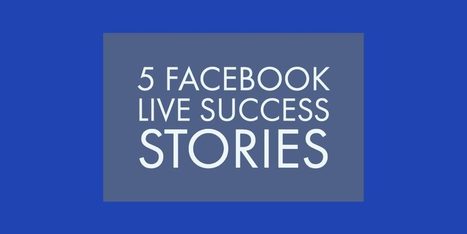
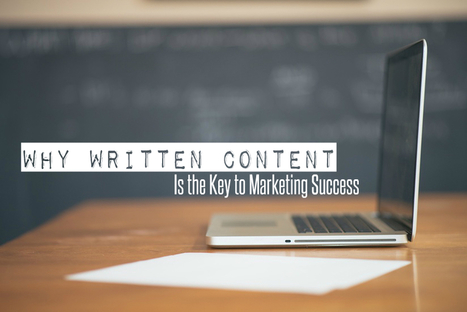
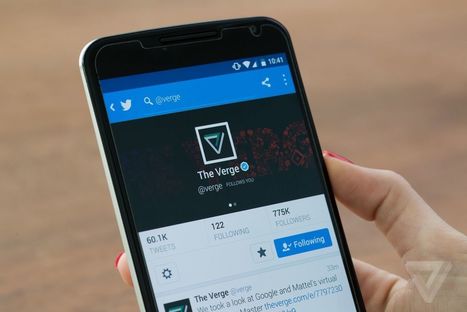

![A Visual Guide to Telling Compelling Stories for Your Brand [Infographic] | Writing about Life in the digital age | Scoop.it](https://img.scoop.it/bdgdY0H6lziC8cidQvoRtTl72eJkfbmt4t8yenImKBVvK0kTmF0xjctABnaLJIm9)

